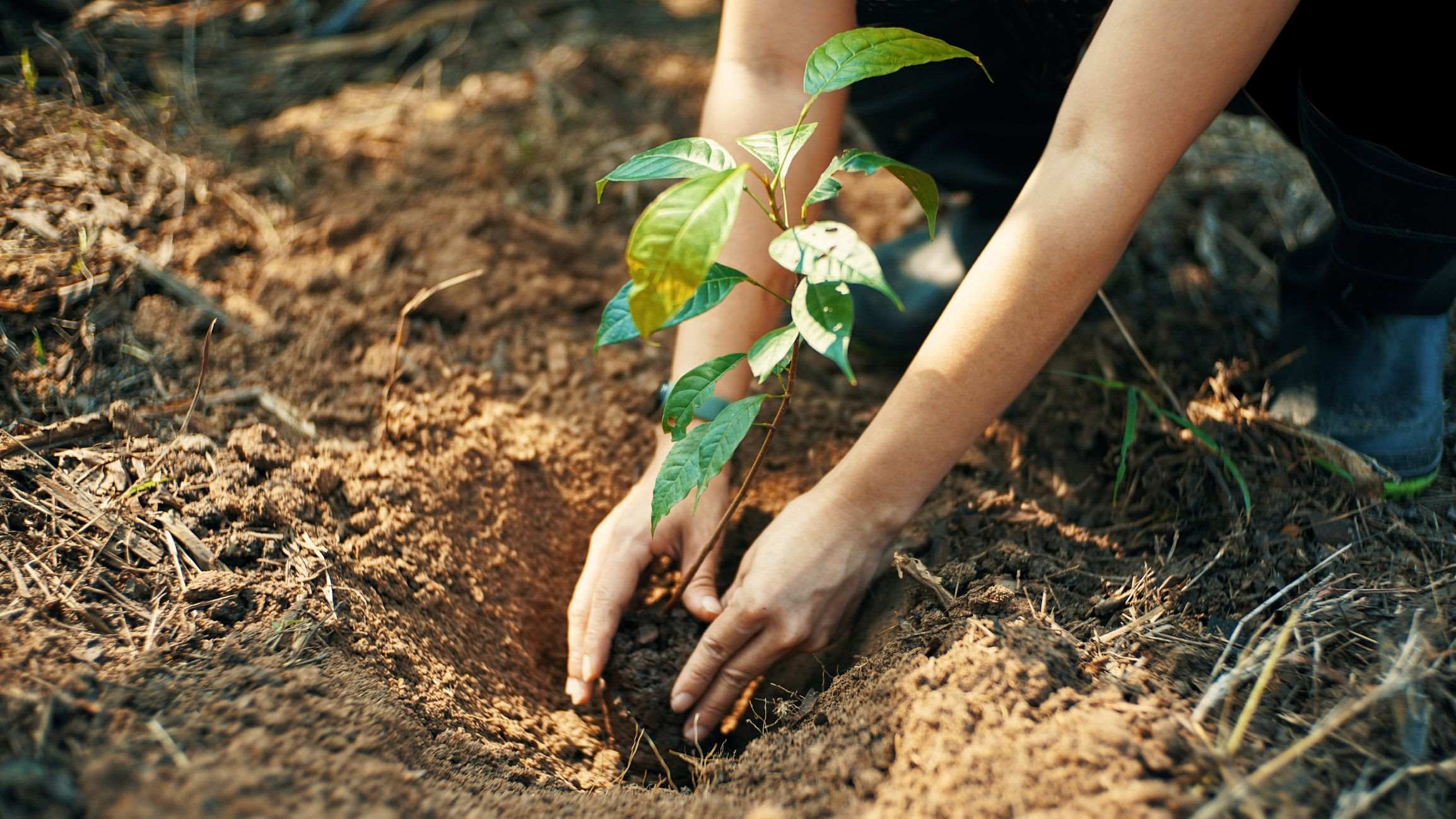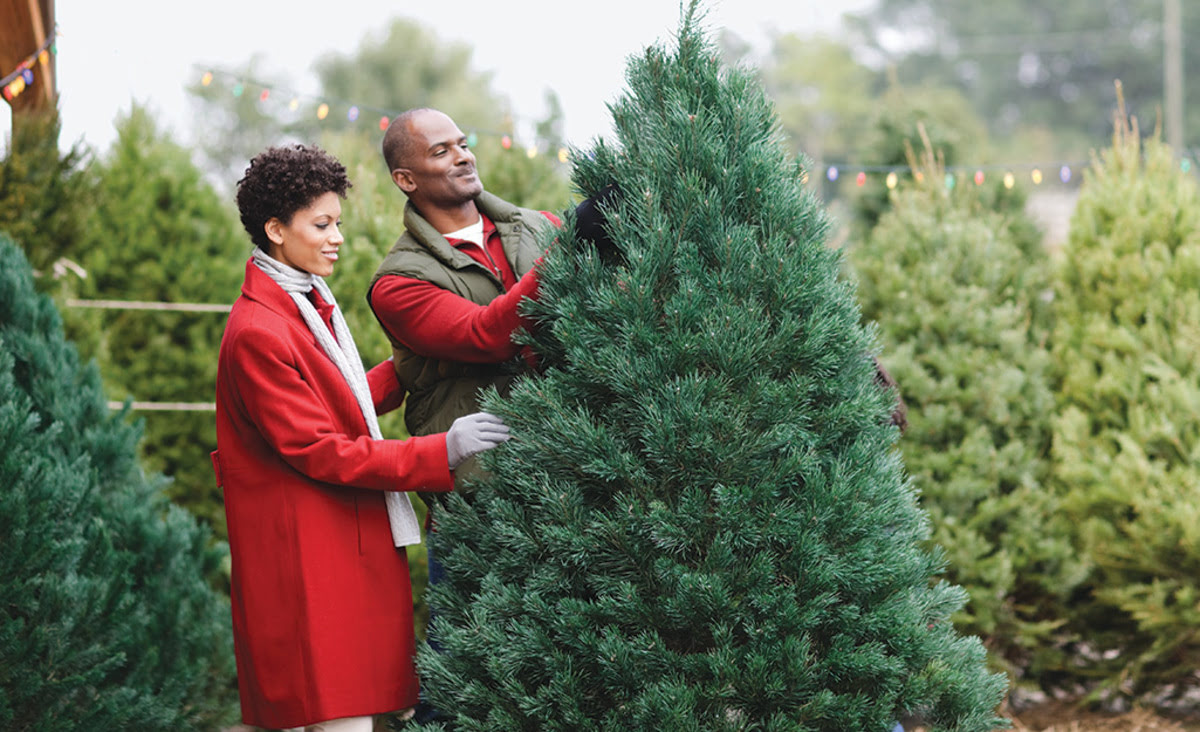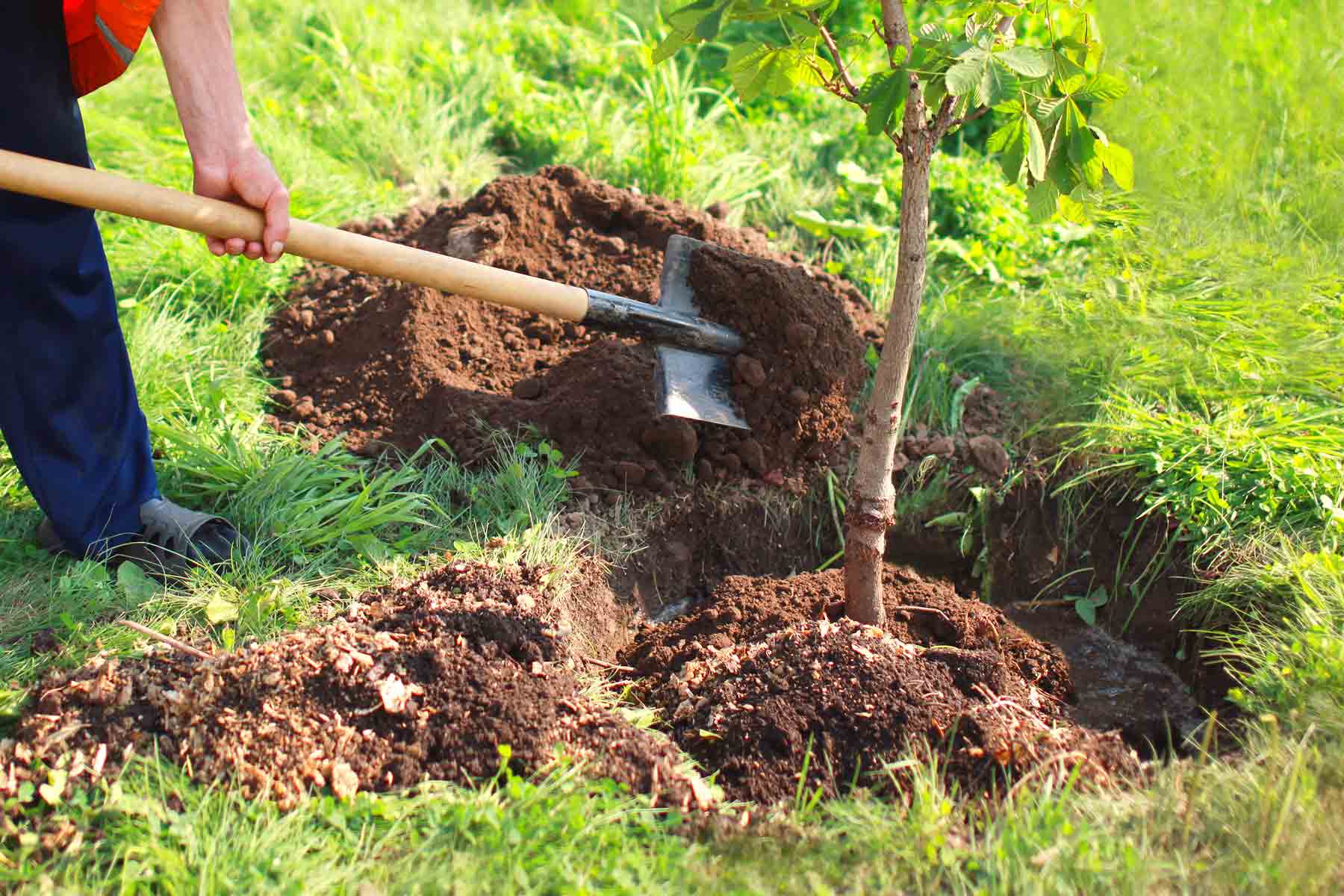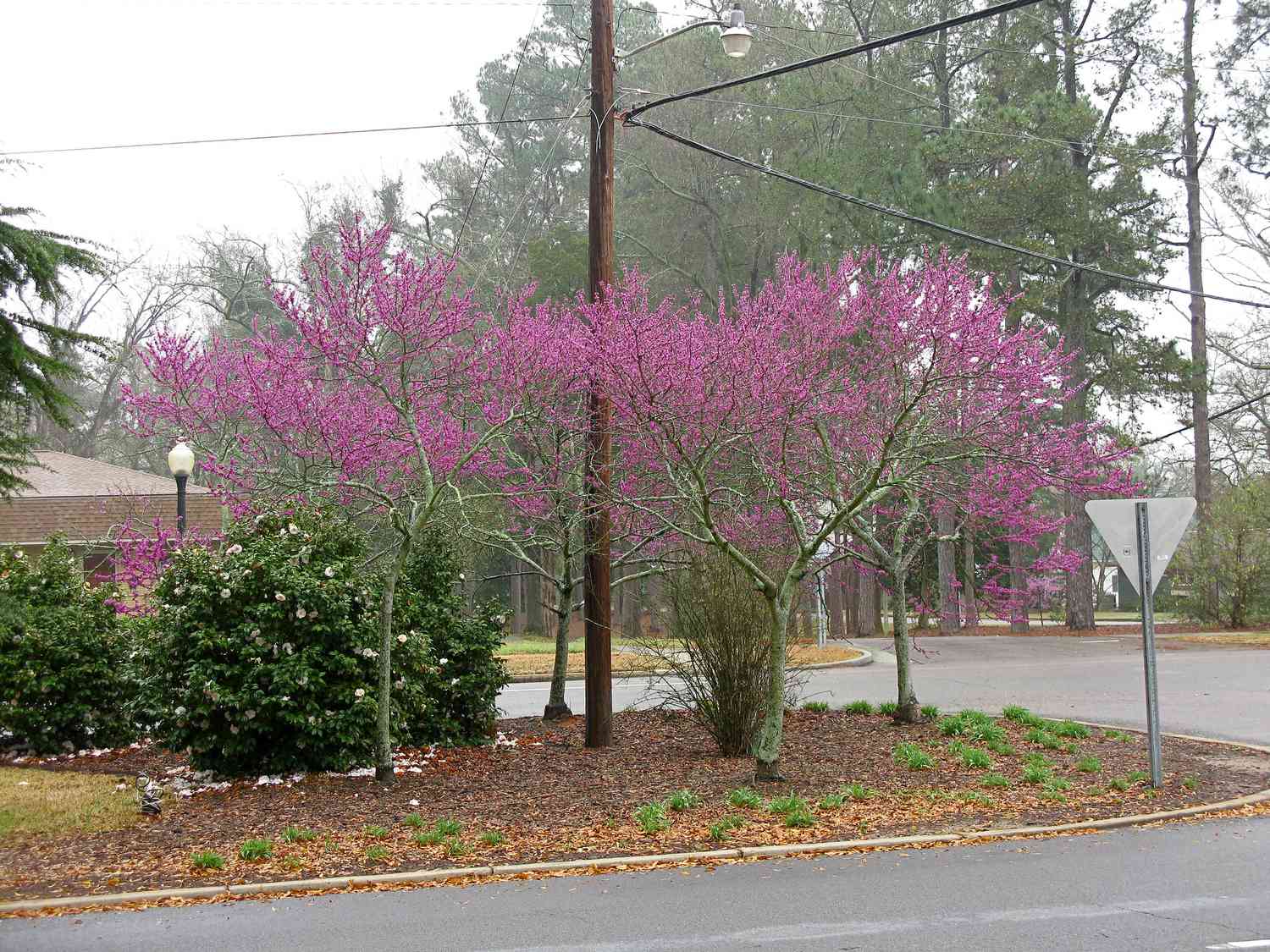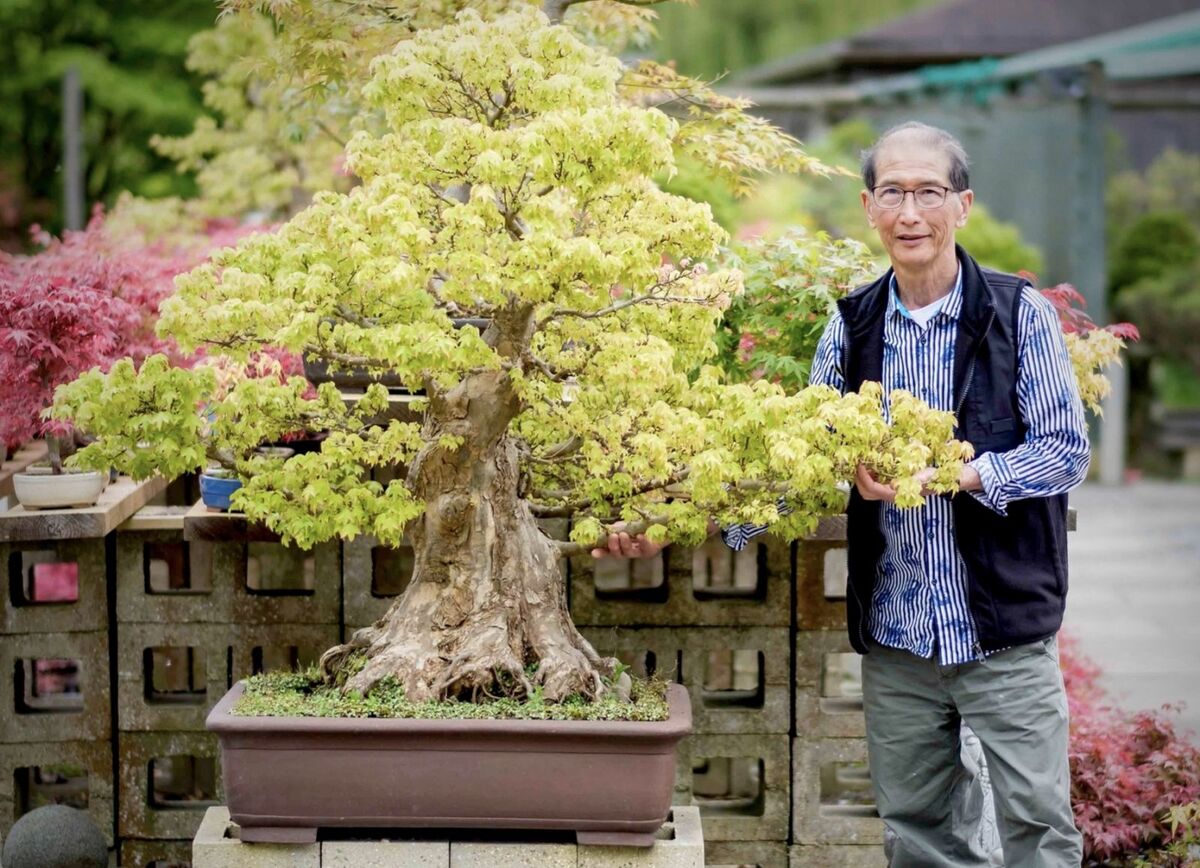Home>Gardening News and Trends>Latest News>How Much Are Walnut Trees Worth
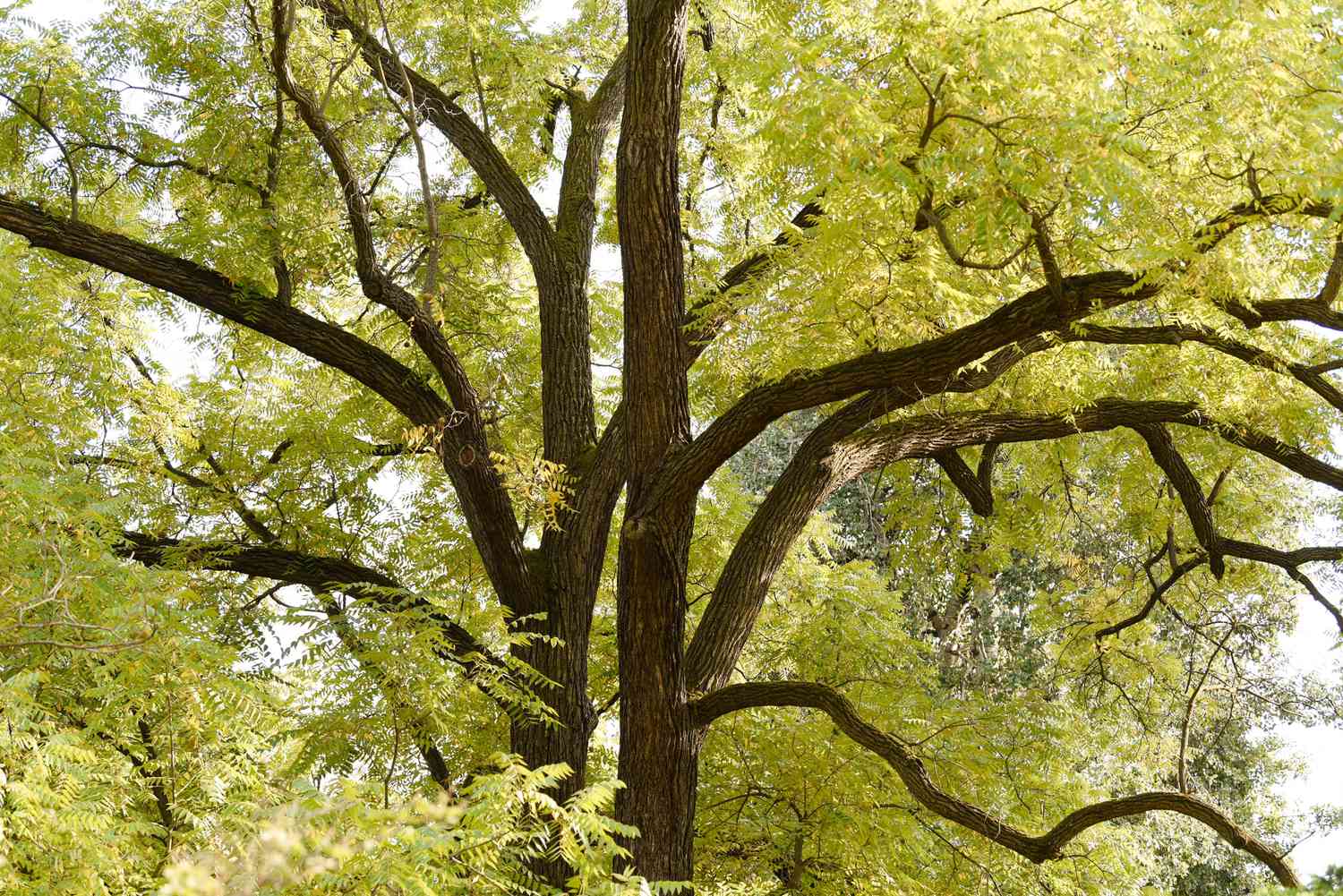

Latest News
How Much Are Walnut Trees Worth
Published: November 11, 2023
Stay updated with the latest news on how much walnut trees are worth. Find out the current market trends, pricing factors, and more.
(Many of the links in this article redirect to a specific reviewed product. Your purchase of these products through affiliate links helps to generate commission for Chicagolandgardening.com, at no extra cost. Learn more)
Table of Contents
Introduction
Walnut trees are highly valuable and sought after for their wood and nuts, making them a lucrative asset for landowners, investors, and individuals alike. These majestic trees, with their expansive canopies and sturdy trunks, possess not only aesthetic beauty but also significant economic potential. The value of walnut trees can vary greatly depending on various factors, including the tree’s size, age, species, and location.
Walnut trees are known for their high-quality timber, which is favored in the woodworking and furniture industries. The dark, rich color and grain pattern of walnut wood make it desirable for crafting high-end furniture, cabinets, and flooring. As a result, walnut trees often fetch premium prices in the timber market.
In addition to their timber value, walnut trees also produce edible nuts, known as walnuts, which are in high demand for culinary purposes. Walnuts are highly nutritious and are used in a wide range of recipes, including baked goods, salads, and sauces. The global demand for walnuts continues to rise, with consumers recognizing their health benefits and versatility in the kitchen.
The value of walnut trees can also be influenced by external market factors, such as supply and demand, economic conditions, and regional preferences. The price of walnut timber and nuts may fluctuate based on these factors, making it essential to stay informed about the current market trends and prices.
In this article, we will explore in detail the various factors that affect the value of walnut trees, provide insights into the current market prices for walnut trees, and guide you on how to calculate the value of walnut trees. We will also seek expert advice on evaluating walnut trees to ensure accurate and informed decision-making when it comes to buying, selling, or managing walnut tree assets.
Factors Affecting the Value of Walnut Trees
The value of walnut trees can be influenced by several key factors that impact their commercial viability. Understanding these factors is crucial when assessing the worth of walnut trees. Here are some of the primary factors that affect their value:
- Tree Size and Age: The size and age of walnut trees are significant determinants of their value. Older trees often have larger trunks and can yield more timber, making them more valuable. The age of a walnut tree also affects the quality of its nuts, as mature trees produce higher-quality and more abundant harvests.
- Species: There are several species of walnut trees, with the two main ones being black walnut (Juglans nigra) and English walnut (Juglans regia). Black walnut is known for its premium-quality timber and high-value nuts, making it more valuable than English walnut in the market. The species of the walnut tree can significantly impact its overall worth.
- Health and Condition: The health and condition of the walnut tree play a vital role in its value. Healthy trees with no signs of disease or pests are more desirable and fetch higher prices. Trees with structural defects, such as hollow trunks or extensive damage, may have reduced value due to compromised structural integrity.
- Location: The location of walnut trees can affect their value due to variations in regional demand and market conditions. Trees located in areas with a high concentration of woodworking and furniture industries are often more valuable. Additionally, proximity to transportation networks can impact the cost of harvesting and transporting the timber.
- Accessibility: The accessibility of walnut trees is another crucial factor that can affect their value. If the trees are easily accessible for harvesting and transportation, they tend to have higher value. Difficult terrain, dense vegetation, or limited access to specialized equipment can lower the value of walnut trees.
- Environmental Factors: Environmental factors, such as climate, soil quality, and exposure to sunlight, can influence the growth and health of walnut trees. Trees grown in favorable environments with optimal conditions for growth tend to have higher value due to better timber quality and nut production.
It is important to consider all these factors collectively when evaluating the value of walnut trees. Each factor contributes to the overall worth and potential return on investment of these valuable natural assets.
Market Prices for Walnut Trees
The market prices for walnut trees can fluctuate based on various factors, including supply and demand dynamics, economic conditions, and regional preferences. Understanding the current market prices is crucial for those involved in buying, selling, or managing walnut tree assets. Here is an overview of the market prices for walnut trees:
Timber Prices: The price of walnut timber can vary depending on factors such as tree size, timber quality, and market demand. Premium quality walnut timber is highly sought after in the woodworking and furniture industries, commanding higher prices. The average price for walnut timber can range from $1,000 to $5,000 per thousand board feet, but exceptional timber specimens can fetch even higher prices.
Nut Prices: The market prices for walnuts primarily depend on factors such as nut size, quality, and market demand. Walnuts are traded based on the price per pound, which can vary significantly from year to year. Prices can range from $2 to $5 per pound for in-shell walnuts and from $8 to $20 per pound for shelled walnuts. Specialty or organic walnuts may command even higher prices.
Regional Variations: Market prices for walnut trees may vary regionally due to localized demand and supply dynamics. Areas with a high concentration of woodworking industries or nut processing facilities may have higher prices for walnut timber and nuts. It is essential to research and understand the specific market conditions in your region to get accurate pricing information.
Market Trends: Monitoring market trends is crucial when evaluating the value of walnut trees. Stay informed about factors impacting the industry, such as changes in consumer preferences, international trade policies, and emerging markets. By staying up-to-date with market trends, you can make informed decisions regarding the timing of buying or selling walnut trees.
Professional Appraisals: For precise valuation of walnut trees, it is advisable to seek professional appraisals from forestry consultants or certified arborists. These experts have the necessary knowledge and experience to assess the value of walnut trees accurately. They consider multiple factors, including tree characteristics, current market prices, and potential future growth, to provide a comprehensive appraisal report.
Overall, staying informed about market prices and trends is essential for accurately evaluating the value of walnut trees. This knowledge will help you make informed decisions and maximize the return on investment from these valuable assets.
Calculating the Value of Walnut Trees
Calculating the value of walnut trees involves considering various factors that contribute to their overall worth. While there are different approaches to valuation, here are some key considerations when determining the value of walnut trees:
- Timber Value: To calculate the timber value, you can start by estimating the volume of usable timber in the tree. This can be done by measuring the tree’s diameter at breast height (DBH) and utilizing a timber volume table specific to walnut trees. Once you have the estimated timber volume, you can multiply it by the current market price per board foot to determine the timber value of the tree.
- Nut Value: If the walnut tree produces nuts, you can calculate the nut value by estimating the average annual nut yield and multiplying it by the current market price per pound. This will give you an approximation of the potential income generated from the tree’s nuts.
- Future Growth Potential: Consider the growth potential of the walnut tree. Younger trees that are expected to increase in size and quality over time may have a greater long-term value. Estimate the future growth rate of the tree and factor it into your valuation calculations.
- Location and Accessibility: Take into account the location and accessibility of the walnut trees. Consider the transportation costs and ease of harvesting when determining their value. Trees in remote or difficult-to-access areas may have reduced value due to higher operational expenses.
- Expert Appraisals: Seeking professional appraisals from forestry consultants or certified arborists can provide a more accurate evaluation of the value of walnut trees. These experts have the knowledge and experience to consider all relevant factors and provide a comprehensive appraisal report.
It is important to note that calculating the value of walnut trees is not an exact science and may involve estimations and market fluctuations. The value will vary depending on specific tree characteristics, market conditions, and individual circumstances. Consulting experts in the field can help ensure a more accurate and informed calculation of the value of walnut trees.
Expert Advice on Evaluating Walnut Trees
When it comes to evaluating walnut trees, seeking advice from experts in the field can provide invaluable insights to ensure accurate and informed decision-making. Here are some expert tips and considerations to keep in mind:
- Consult Forestry Professionals: Forestry professionals, such as forestry consultants or certified arborists, have specialized knowledge and experience in assessing the value of walnut trees. They can help evaluate the health, growth potential, and market value of the trees, providing expert advice tailored to your specific needs.
- Consider Multiple Factors: Expert evaluators take into account various factors when assessing the value of walnut trees. This includes tree size, species, age, health, market conditions, and location. By considering multiple factors, they can provide a more comprehensive and accurate evaluation.
- Estimate Timber Quality: Evaluating the quality of the timber is crucial. Experts can assess the tree’s timber characteristics, such as color, straightness, and grain pattern, to determine its market value. They can also identify any defects or potential issues that may impact the timber’s worth.
- Evaluate Nut Production: If the walnut tree produces nuts, experts can evaluate the quality and quantity of the nuts. Factors such as nut size, taste, and market demand can influence the nuts’ value. Assessing the health of the tree and its nut-producing capabilities is crucial for accurate valuation.
- Consider Long-Term Potential: Expert evaluators analyze the long-term potential of walnut trees. They assess the growth rate, health, and expected value of the trees over time. Younger trees with high growth potential and favorable market conditions may have greater long-term value.
- Stay Updated on Market Trends: Keeping abreast of market trends and developments is vital. Expert evaluators stay informed about industry news, changes in supply and demand, emerging markets, and pricing trends. This knowledge helps ensure accurate valuation in line with current market conditions.
By seeking expert advice, you can gain a deep understanding of the value and potential of your walnut trees. Their insights, knowledge, and experience will guide you in making informed decisions regarding the buying, selling, or management of walnut tree assets.
Conclusion
Walnut trees hold significant economic value due to their high-quality timber and sought-after nuts. Evaluating the worth of walnut trees requires considering factors such as size, species, health, location, and market conditions. The market prices for walnut trees can fluctuate based on supply and demand dynamics and regional preferences.
When calculating the value of walnut trees, factors such as timber value, nut value, future growth potential, and accessibility should be taken into account. Seeking advice from forestry professionals, who possess specialized knowledge and experience, can provide accurate and informed evaluations.
Expert advice on evaluating walnut trees includes considering multiple factors, estimating timber quality, assessing nut production, evaluating long-term potential, and staying updated on market trends. These insights provide a comprehensive understanding of the value and potential of walnut trees, ensuring informed decision-making.
Whether you are a landowner, investor, or individual interested in walnut trees, understanding their value is crucial for making sound financial decisions. By considering the factors discussed and consulting with experts, you can maximize the return on investment from these valuable natural assets.

